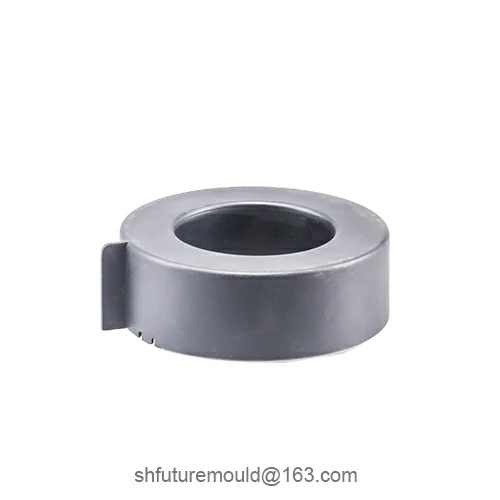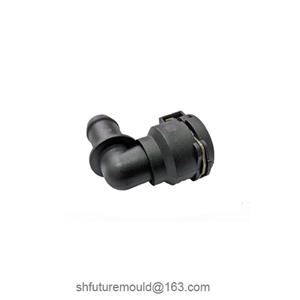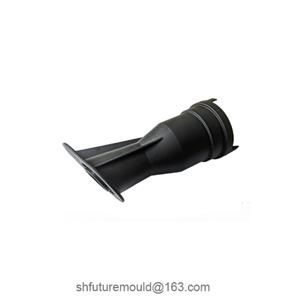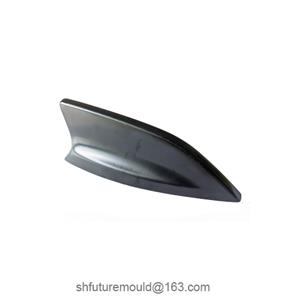Impact of Gate Size and Length on Injection Molding
The size and length of the gate are critical parameters in injection mold design, significantly influencing the injection molding process and the quality of the final product.
I. Impact of Gate Size on Injection Molding
1. Mold Filling Efficiency
Large gates: Lower flow resistance, enabling faster cavity filling. Ideal for large or thick-walled products.
Small gates: Higher resistance, suitable for small or precision parts. Facilitates shear thinning and minimizes residue.
2. Pressure Holding and Shrinkage Compensation
Large gates: Longer pressure-holding time improves shrinkage compensation, reducing sink marks and voids.
Small gates: Rapid freezing after cooling limits late-stage material replenishment, potentially causing defects.
3. Shear Heating and Molecular Orientation
Tiny gates increase shear rates during melt flow, leading to:
Material degradation (especially for heat-sensitive plastics).
Strong molecular orientation, internal stress, and warpage.
4. Gate Marks and Demolding
Small gates: Minimal residue, clean shear-off, and better aesthetics.
Large gates: Visible gate marks may affect appearance or require post-processing.
II. Impact of Gate Length on Injection Molding
1. Flow Resistance
Longer gates increase flow path and friction, causing pressure loss and poor filling.
Optimizing gate length improves filling efficiency.
2. Melt Temperature Loss
Excessive gate length accelerates cooling in the channel, particularly detrimental for thin-walled or complex parts.
Risks incomplete filling, cold flow marks, or surface defects.
- Injection Mold
- Automotive Injection Mold
- Electronics & Electrical Injection Mold
- Consumer Goods Injection Mold
- Airplane Components Injection Mold
- Medical Components Injection Mold
- Irrigation Components Injection Mold
- Injection Molds




